Archives
- 2025-10
- 2025-09
- 2025-04
- 2025-03
- 2025-02
- 2025-01
- 2024-12
- 2024-11
- 2024-10
- 2024-09
- 2024-08
- 2024-07
- 2024-06
- 2024-05
- 2024-04
- 2024-03
- 2024-02
- 2024-01
- 2023-12
- 2023-11
- 2023-10
- 2023-09
- 2023-08
- 2023-07
- 2023-06
- 2023-05
- 2023-04
- 2023-03
- 2023-02
- 2023-01
- 2022-12
- 2022-11
- 2022-10
- 2022-09
- 2022-08
- 2022-07
- 2022-06
- 2022-05
- 2022-04
- 2022-03
- 2022-02
- 2022-01
- 2021-12
- 2021-11
- 2021-10
- 2021-09
- 2021-08
- 2021-07
- 2021-06
- 2021-05
- 2021-04
- 2021-03
- 2021-02
- 2021-01
- 2020-12
- 2020-11
- 2020-10
- 2020-09
- 2020-08
- 2020-07
- 2020-06
- 2020-05
- 2020-04
- 2020-03
- 2020-02
- 2020-01
- 2019-12
- 2019-11
- 2019-10
- 2019-09
- 2019-08
- 2019-07
- 2019-06
- 2019-05
- 2019-04
- 2018-11
- 2018-10
- 2018-07
-
In the signaling cascade of
2020-07-01
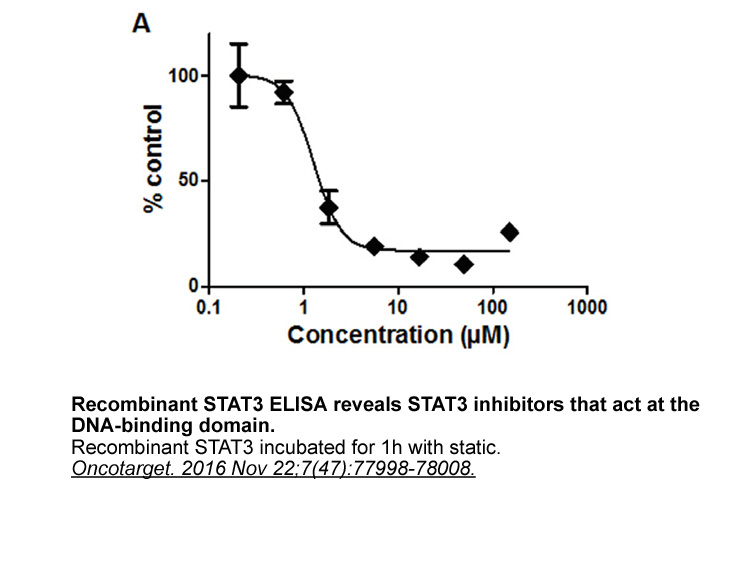
In the signaling cascade of innate immunity, most of the receptor proteins, adaptor proteins, and kinases are modified by ubiquitination to activate and transduce the downstream signaling for efficient production of the IFN and proinflammatory cytokines to combat the pathogens. For example, the K-63
-
br Experimental Procedure br Acknowledgment
2020-07-01
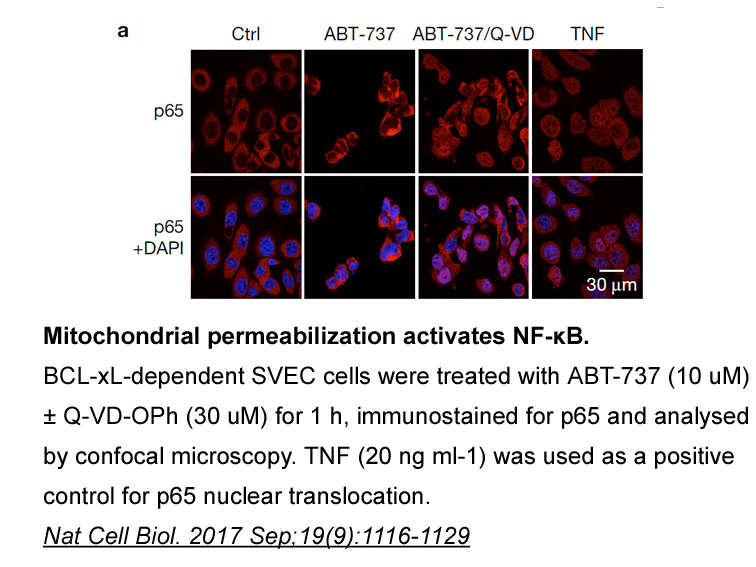
Experimental Procedure Acknowledgment This work was supported by Ministry of Education, Singapore (MoE Tier-2) grant (R-154-000-625-112) and R154-000-A72-114 (AcRF Tier 1 grant) respectively. We acknowledge the Advanced Photon Source Beamline 24-ID-C, Argonne National Laboratory, USA. D.N. is
-
Primary human GBM neurospheres expressed
2020-07-01
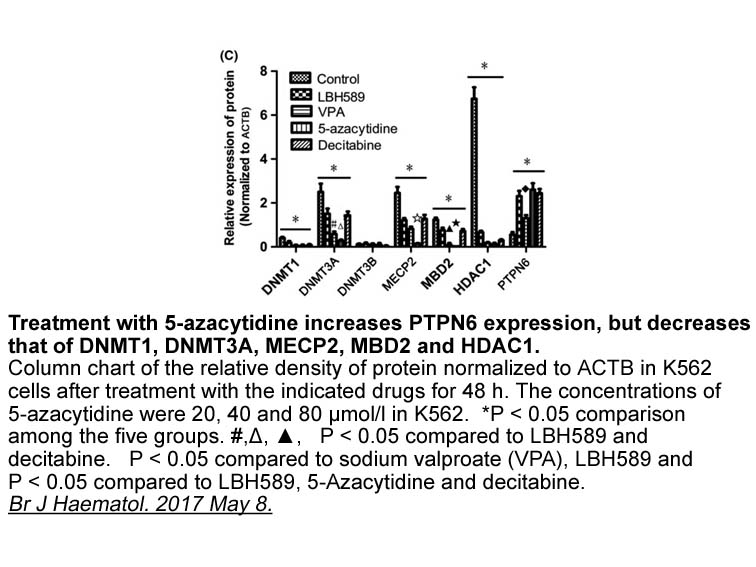
Primary human GBM neurospheres expressed high levels of the metabolic enzyme fatty acyl-CoA synthetase VL3 (ACSVL3) that were associated with CSCs self-renewal and tumorigenic capacity. ACSVL3 knockdown significantly decreased ALDH levels, indicating its contribution to cell metabolism and maintenan
-
This work was supported by
2020-07-01
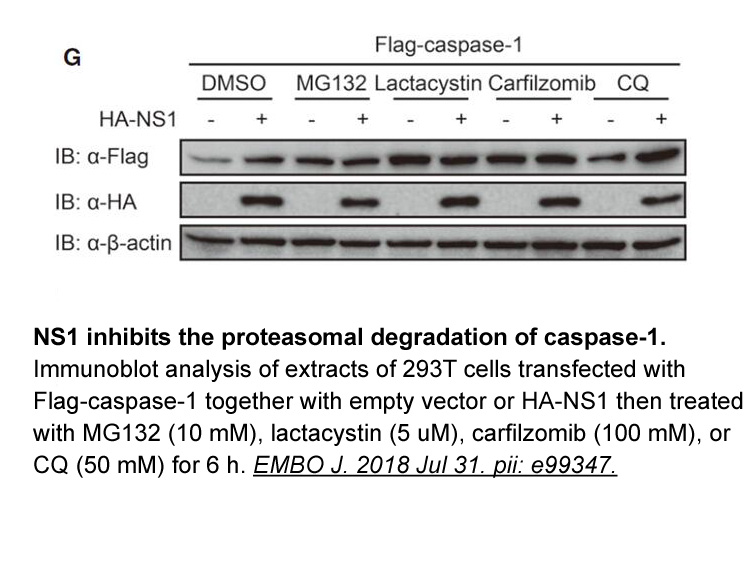
This work was supported by grants from the Institute of Cancer Research (ICR) and Biotechnology and Biological Sciences Research Council (BB/I014276/1 and BB/M013782/1). Main Text In 2006, Warburg et al. described an apparently distinct connective-tissue disorder characterized by blepharophimosi
-
Cys LT have been shown to be critical for
2020-07-01
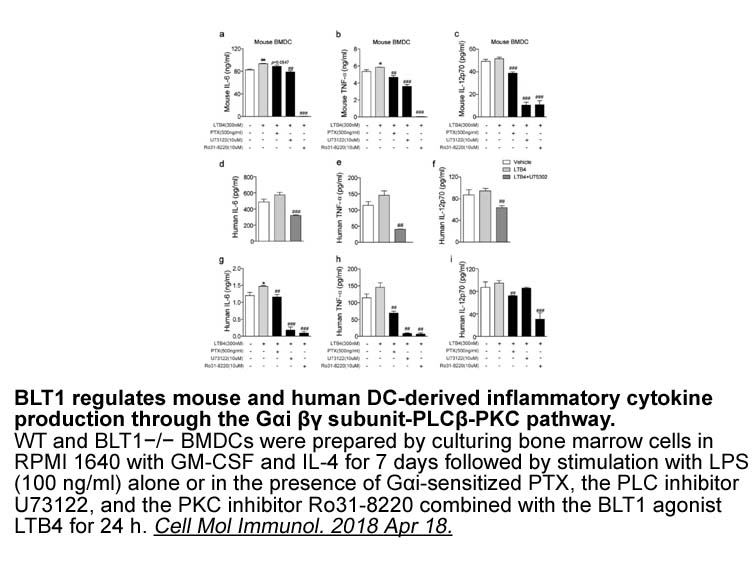
Cys-LT have been shown to be critical for stimulation of monocytes to produce various proinflammatory factors [32,67]. Fig. 3 shows results obtained with human peripheral monocyte-derived macrophages differentiated for 6 days with 20 ng/ml macrophage colony-stimulating factor (M-CSF) and challenged
-
br Methods br Results br Discussion MEN
2020-07-01
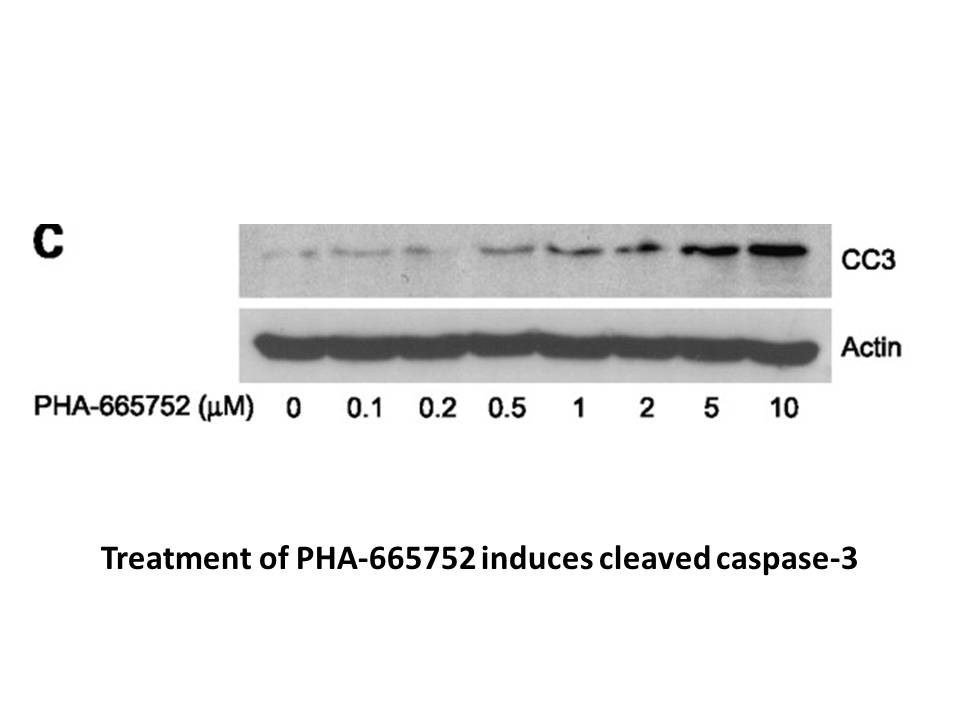
Methods Results Discussion MEN91507 is a potent and selective CysLT1 receptor antagonist. Guinea-pig lung membranes have been widely used for the detection and characterization of CysLT1 receptor antagonists: in this assay the high affinity (subnanomolar) binding of [3H[leukotriene D4 or [3
-
br Alcohol and the amygdala br
2020-06-30
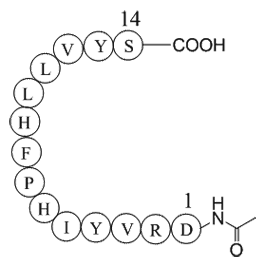
Alcohol and the amygdala Alcohol and the CRF1 system Given the marked effects of alcohol on inhibitory neurotransmission in the amygdala and the regulation of amygdalar GABAergic activity by CRF and activity at the CRF1 receptor, the CRF system is a logical site for the actions of alcohol in t
-
One of the therapeutic proteins used
2020-06-30
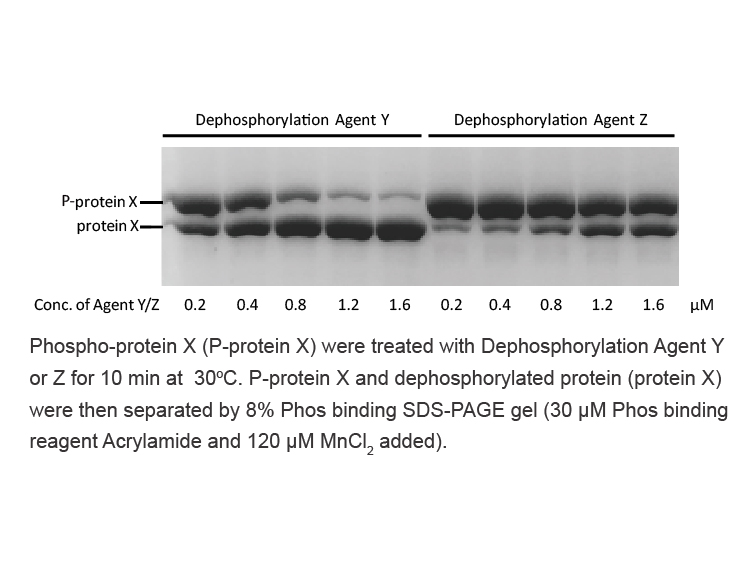
One of the therapeutic proteins used in cancer therapy is glucarpidase, also known as Carboxypeptidase G2, CPG2, which originates from the bacterium Variovorax paradoxus (old name, Pseudomonas sp. strain RS-16). It has no mammalian equivalent (Thompson et al., 1994; Kamlage, 1994) and is a zinc-depe
-
br Conflict of interest br
2020-06-30
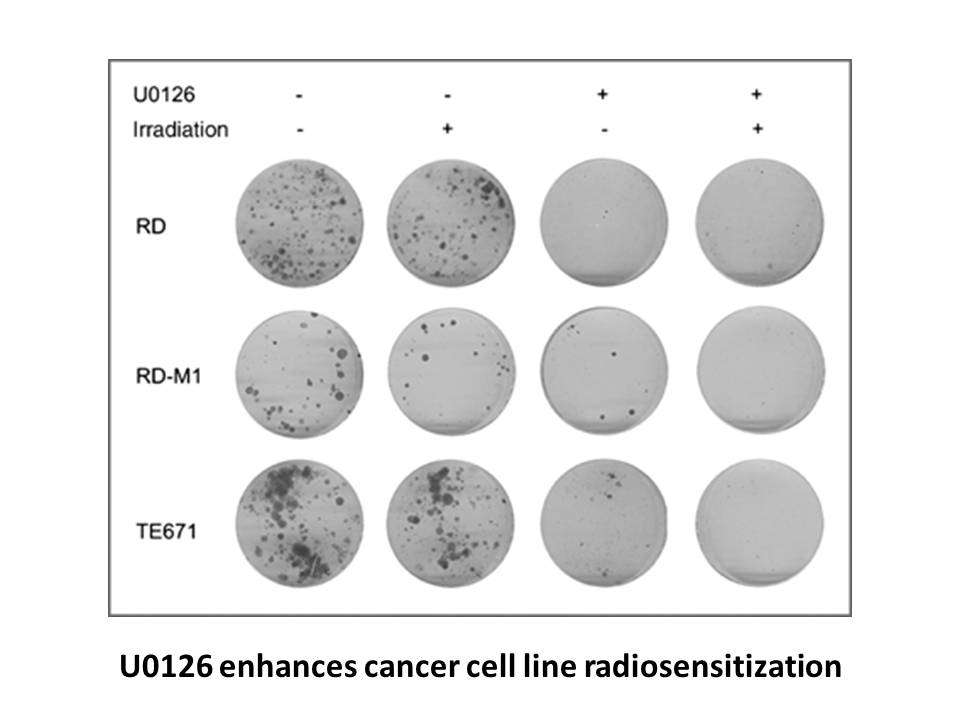
Conflict of interest Acknowledgments Part of this work was supported by Institut Francais en Egypte, and the Academy of Scientific Research and Technology in Egypt under the frame of “Imhotep Project N°: 31681XL” and “STDF/IFE project N° 30630″ Introduction NSAIDs play an important role in
-
br Cholesterol handling in the arterial wall
2020-06-30
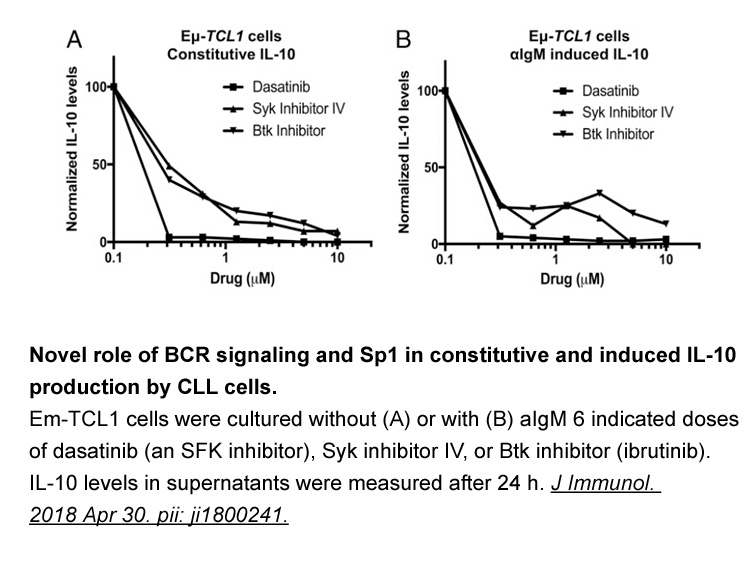
Cholesterol handling in the arterial wall cells Foam cell formation in the arterial intima is a major hallmark of early-stage atherosclerotic lesions, which is attributed to uncontrolled uptake of modified lipoproteins, excess cholesterol esterification and impaired cholesterol release [44]. As a
-
All of the studies referred to
2020-06-30

All of the studies referred to above were on microvillous membrane from hSTB; however, there is little information regarding conductances in the basal membrane. Illsley and Sellers, using a fluorescent technique, determined the relative permeabilities of cations and chloride in basal membrane vesicl
-
br Progestogens and venous thromboembolism
2020-06-30
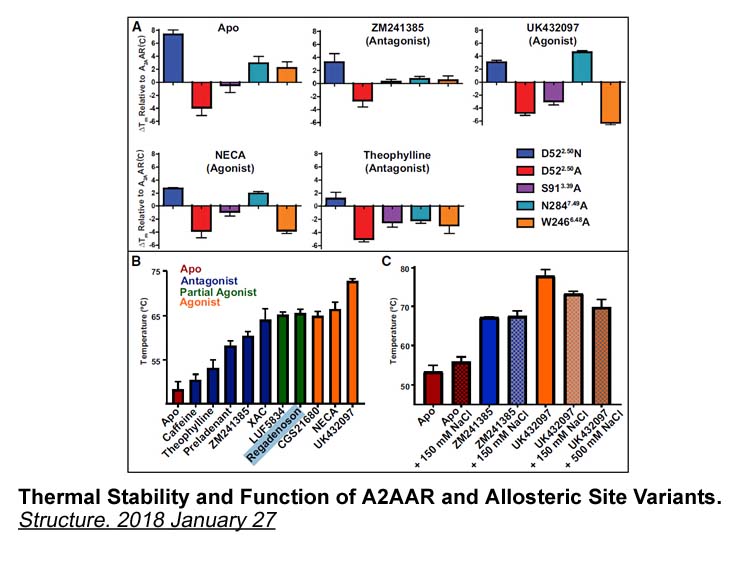
Progestogens and venous thromboembolism: clinical data Progestogens and haemostatis: biological studies For many years, the effect of HT on haemostatis has been largely investigated in observational studies as well as in high evidence level studies among users of oral and transdermal estrogens
-
br Materials and methods br Results
2020-06-30
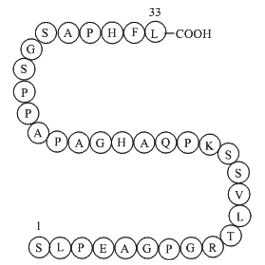
Materials and methods Results Discussion Cisplatin, as one member of a class of platinum-containing anti-cancer drugs, which displays a great deal of clinical activity on a wide variety of solid tumors. In addition, cisplatin often used in combination with other chemotherapy drugs to treat
-
br Expression and Tissue Functions of DDRs The DDRs
2020-06-30
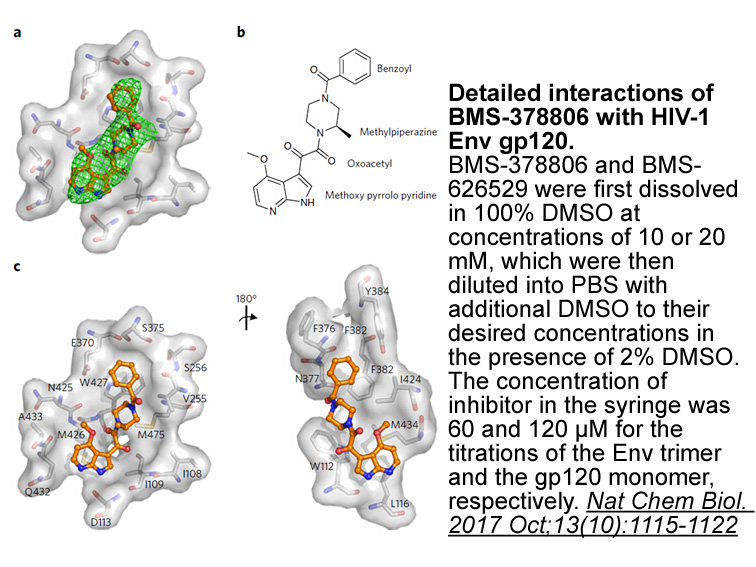
Expression and Tissue Functions of DDRs The DDRs are widely expressed in different tissues, both during development and in adult organisms. DDR1 mRNA is found in many tissues in mice and humans, with high levels in brain, lung, kidney, spleen, and placenta (Di Marco et al., 1993, Johnson et al.,
-
Introduction Activation of epidermal growth
2020-06-30
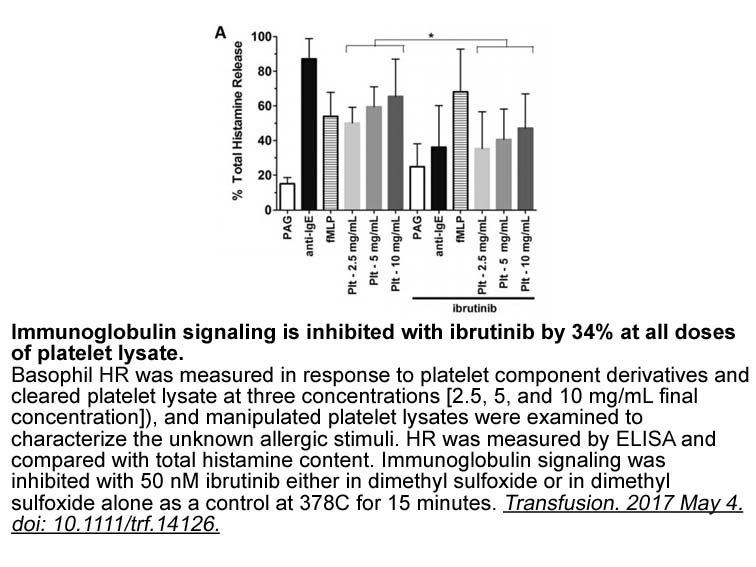
Introduction Activation of epidermal growth factor receptor (EGFR)-receptor tyrosine kinases (RTKs) is a key factor in the progression of non-small cell lung cancer (NSCLC). EGFR-RTKs cause proliferation, invasion, metastasis, and angiogenesis, as well as suppress apoptosis, in lung adenocarcinoma
15731 records 790/1049 page Previous Next First page 上5页 786787788789790 下5页 Last page